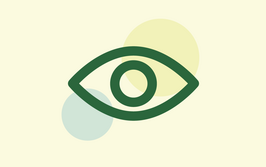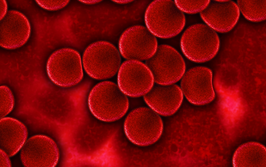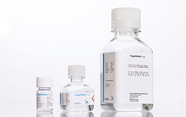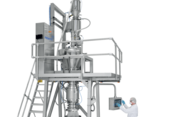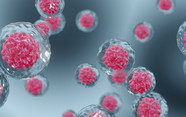Cracking the Code of Phages to Fight TB
How new structural insights captured in high-resolution images could fuel next-gen therapies for TB.
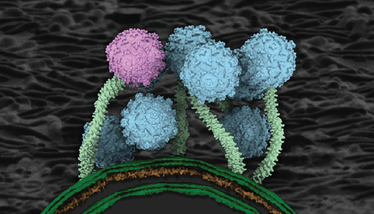
Credit: Scripps Research
Scientists at Scripps Research and the University of Pittsburgh have captured the first high-resolution structural images of a virus that infects mycobacteria, the bacterial genus responsible for TB. They hope their work could pave the way for phage-based therapies targeting drug-resistant strains of TB.
TB remains one of the world's deadliest infectious diseases, claiming over a million lives annually. The rise of antibiotic-resistant mycobacteria has intensified the urgency for alternative treatments. Phage therapy, which utilizes viruses known as bacteriophages to infect and kill specific bacteria, is being explored as a new solution. However, the structural mechanisms by which mycobacteriophages infect their hosts have been poorly understood until now.
In their study, the team used imaging techniques, including single-particle cryo-electron microscopy (cryo-EM) and cryo-electron tomography (cryo-ET), to visualize the mycobacteriophage Bxb1 at near-atomic resolution during various stages of infection. The images revealed how Bxb1 attaches to mycobacteria, injects its genetic material, and initiates infection.
Contrary to expectations, Bxb1 does not form a channel through the bacterial membrane to deliver its DNA, suggesting a unique genome translocation mechanism distinct from other known phages. Additionally, the study revealed significant structural changes in the phage's tail tip upon binding to the bacterial surface, indicating a dynamic infection process.
Understanding these mechanisms is crucial, given the complex and robust cell walls of mycobacteria, which present a formidable barrier to infection. By elucidating how Bxb1 overcomes these defenses, researchers can better comprehend phage-host interactions and identify key structural elements essential for effective infection.
The study’s findings also have practical implications for developing phage therapies against antibiotic-resistant TB. By characterizing the structures of various mycobacteriophages, scientists can identify the most effective candidates for therapeutic applications.
Following a Bachelor’s degree in English Literature and a Master’s in Creative Writing, I entered the world of publishing as a proofreader, working my way up to editor. The career so far has taken me to some amazing places, and I’m excited to see where I can go with Texere and The Medicine Maker.

